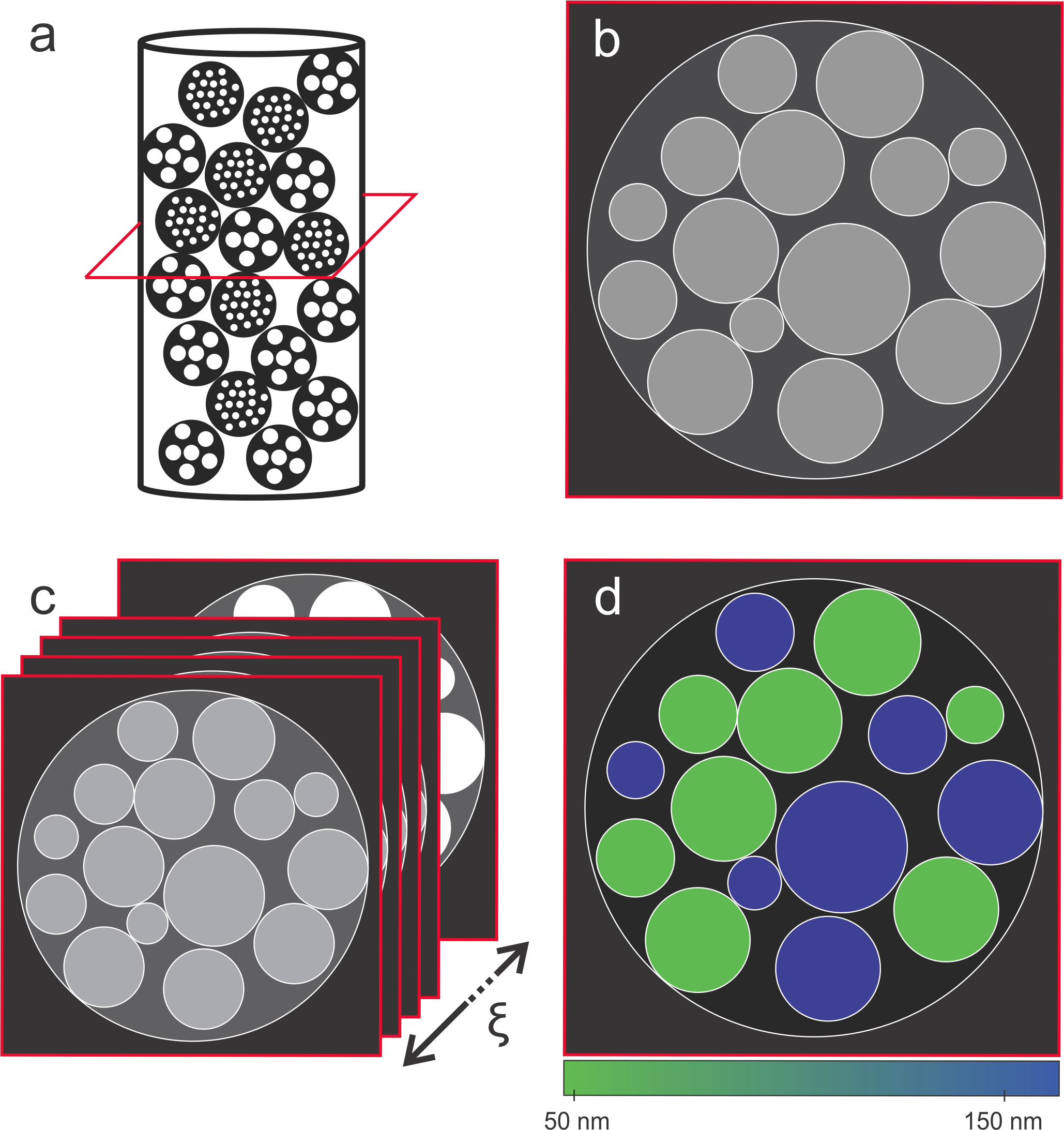
Model-Coupled 4D µCT for advanced material characterization (MoCCha-CT)
Contact: Benjamin Blykers and Ben Callow
Porous building materials weather due to various causes: salt efflorescence, freeze-thaw weathering, microbial growth, dissolution upon acid rain… Most of these processes occur in the pores of the materials. To study these weathering processes, a profound understanding of this pore space is of high importance.
In the last 20 years, X-ray computational micro-tomography (µCT) has taken in an important place in the set of tools used to non-destructively characterize the internal structures of materials, with resolutions reaching a couple of micrometers. Although this renders µCT already as a very valuable tool, there is currently still a trade-off between this resolution, and the size of the field-of-view. The rule of thumb is that the resolution is three orders of magnitude smaller than the field-of-view.
However, in manufactured mineral building materials (e.g., clay-fired bricks, roof tiles, carbonated building blocks,…) the pore sizes range from as large is 5 mm in diameter, to as small as 20 nm. To resolve these smallest pores (which is already next to impossible), the field-of view would be around 20 µm. Knowing that these materials are heterogeneous over a broad size range, it quickly becomes clear that a field-of-view of 20 µm, is not at all representative for the whole of the material (a brick, for instance).
In the MoCCha-CT project, we will develop tunable grating X-ray interferometry. With this state-of-the-art technology, it is possible to perform X-ray dark-field imaging. This scanning mode is sensitive to features with sizes well below the resolution of the system, thereby making the FoV-resolution trade-off a thing of the past.
MoCCha-CT is a project of the Ghent University Centre for X-ray Tomography (UGCT). More information about the project and the MoCCha-CTeam can be found here.